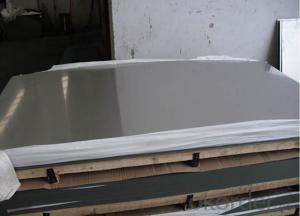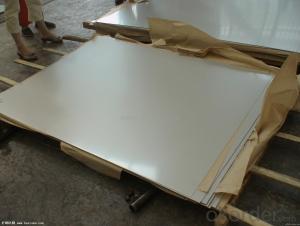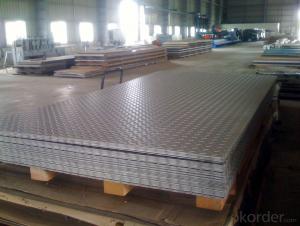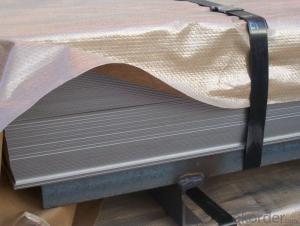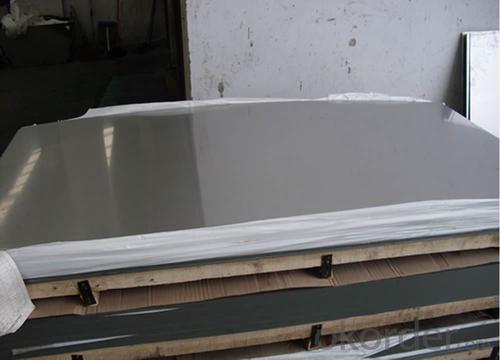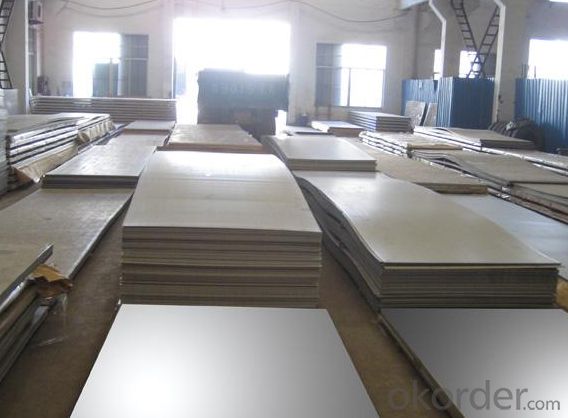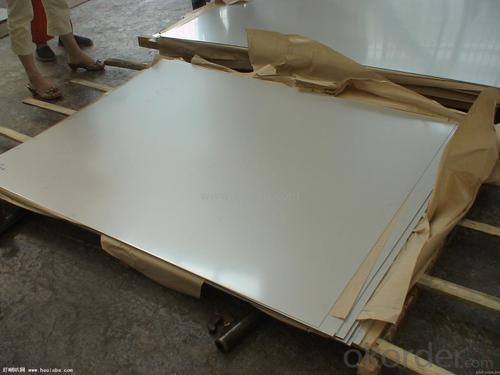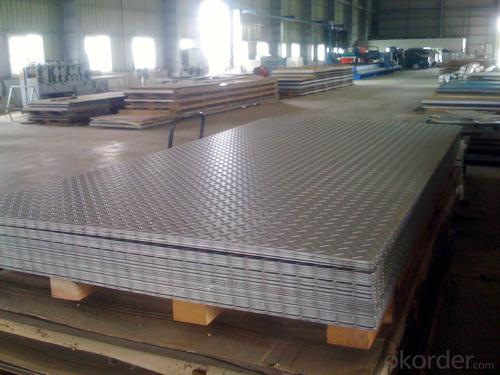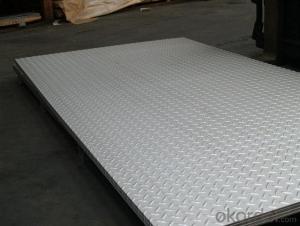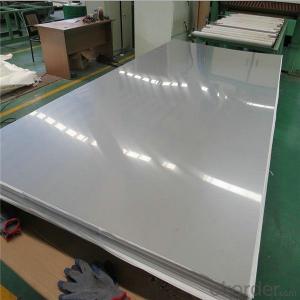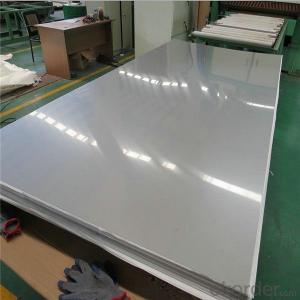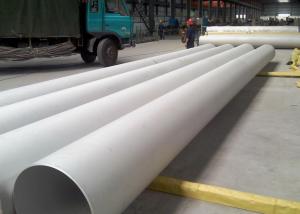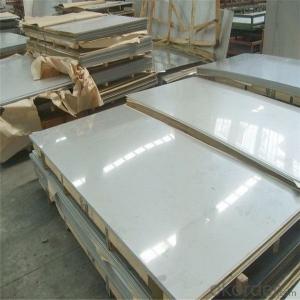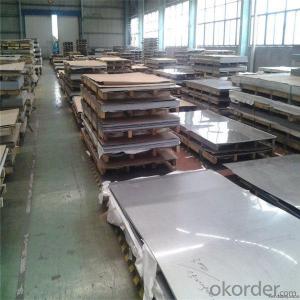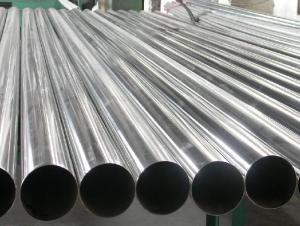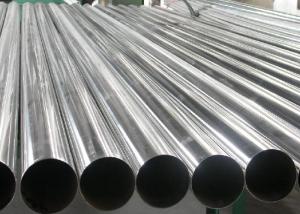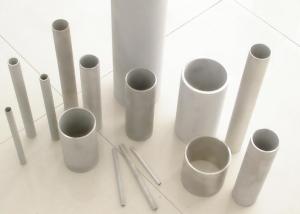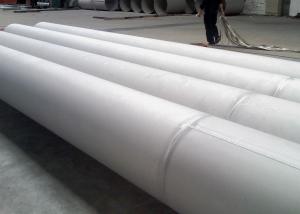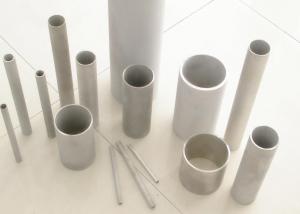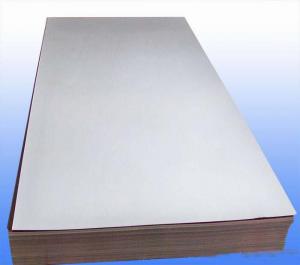Stainless Steel Sheet/Plate 321 with Reduced Weld Corrosion
- Loading Port:
- Shanghai
- Payment Terms:
- TT or LC
- Min Order Qty:
- 1000 m.t.
- Supply Capability:
- 8500000 m.t./month
OKorder Service Pledge
OKorder Financial Service
You Might Also Like
Stainless Steel Sheet/Plate 321 with Reduced Weld Corrosion
Description of Stainless Steel Sheet/Plate 321 with Reduced Weld Corrosion:
Stainless steel is a production which not easy rust,acid resistance and corrosion resistance,so it is widelyused in light industry,heavy industry,daily necessities and the decoration industry.my company long-termsupply stainless steel porducts including:stainless steel sheet,stainless steel coil and stainless steel tube.
Main Features of Stainless Steel Sheet/Plate 321 with Reduced Weld Corrosion:
•Escalator, Elevator, Doors
•Furniture
•Production tools, Kitchen appliances, freezers, cold rooms
•Auto Parts
•Machinery and Packaging
•Equipment and Medical devices
•Transport system
Application of Stainless Steel Sheet/Plate 321 with Reduced Weld Corrosion:
Stainless steel’s resistance to corrosion and staining, low maintenance and familiar lustre make it an ideal material for many application
s.There are over 150 grades of stainless steel, of which fifteen are most commonly used. The alloy is milled into coils, sheets, plates,
bars, wire, and tubing to be used in cookware, cutlery, household hardware, surgical instruments, major appliances, industrial equipme
nt Storage tanks and tankers used to transport orange juice and other food are often made of stainless steel, because of its corrosion re
sistance and antibacterial properties. This also influences its use in commercial kitchens and food processing plants, as it can be steam
cleaned and sterilized and does not need paint or other surface finishes..
Specifications of Stainless Steel Sheet/Plate 321 with Reduced Weld Corrosion:
Description | steel sheet,hot rolled steel sheet,cold rolled steel sheet, steel sheet,sheet,steel plate |
Standard | ASME, ASTM, EN ,BS,GB,DIN, JIS etc |
Application | Steel sheet applies to construction field, ships building industry, petroleum & chemical industries, war and electricity industries, food processing and medical industry, boiler heat exchanger, machinery and hardware fields. |
Packaging | Standard export sea-worthy packing |
Delivery time | 10-30 days |
Quality | No.1 |
Productivity | 500 tons/Day |
Note | Our company has cooperative relation between the domestic agents. Stainless steel sheet can be made accordingto the customers requirements. Fasten delivery. Quality assured. |
Contacts | If you have any question,please feel free contact me. |
Surface Finish Characteristics Stainless Steel Sheet/Plate 321 with Reduced Weld Corrosion:
| Surface finish | Characteristics and application |
| 2B | The surface brightness and flatness of no2B is better than no2D. then through a special surface treatment to improve its mechanical properties,No2B could nearly satisfy comprehensive uses. |
| No.1 | Polished with abrasive belt of grit#100-#200, have better brightness with discontinuous coarse stria, used as inner and external ornaments for building, electrical appliances and kitchen utensils etc. |
| No.4 | Polished with abrasive belt of grit #150-#180,have better brightness with discontinuous coarse stria, but thinner than No3, are used as bathtub buildings inner and external ornaments electrical appliances kitchen utensils and food processing equipment etc. |
| HL | Polished with abrasive belt of grit #150-#320 on the NO.4 finish and has continuous streaks, mainly used as buildings ornaments elevators, door of building, frontal plate etc. |
| BA | Cold rolled, bright annealed and skin-passed, the product have excellent brightness and good reflexivity like mirror, kitchen apparatus, ornament etc. |
| 8K | The product have excellent brightness and prefer reflexivity can to be the mirror. |
Images of Stainless Steel Sheet/Plate 321 with Reduced Weld Corrosion:
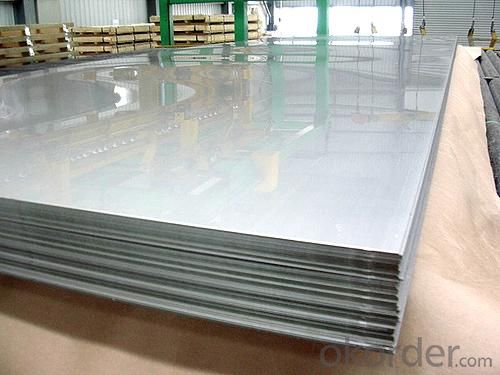
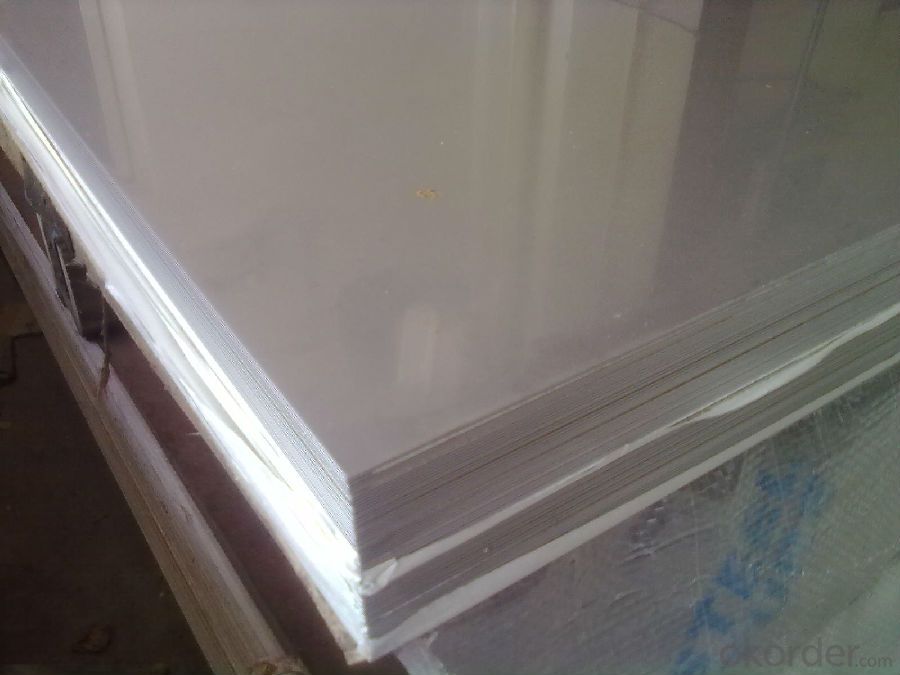
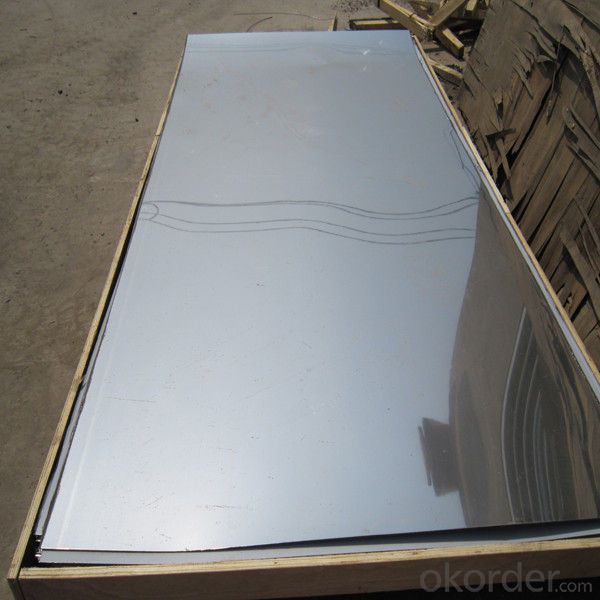
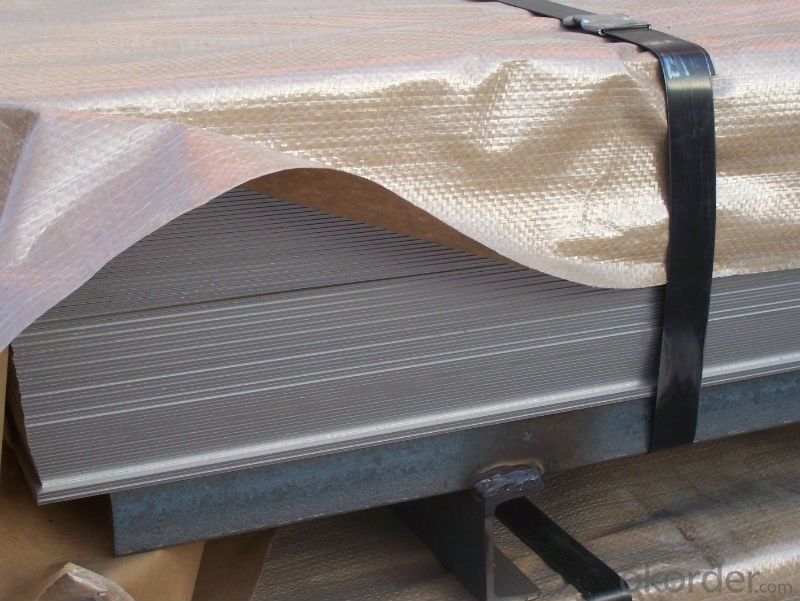
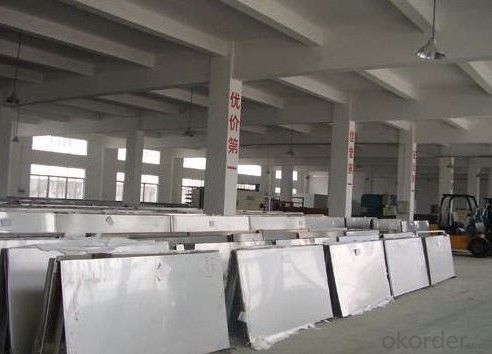
Sandard Seaworth Packing(wooden packing with water proof paper):
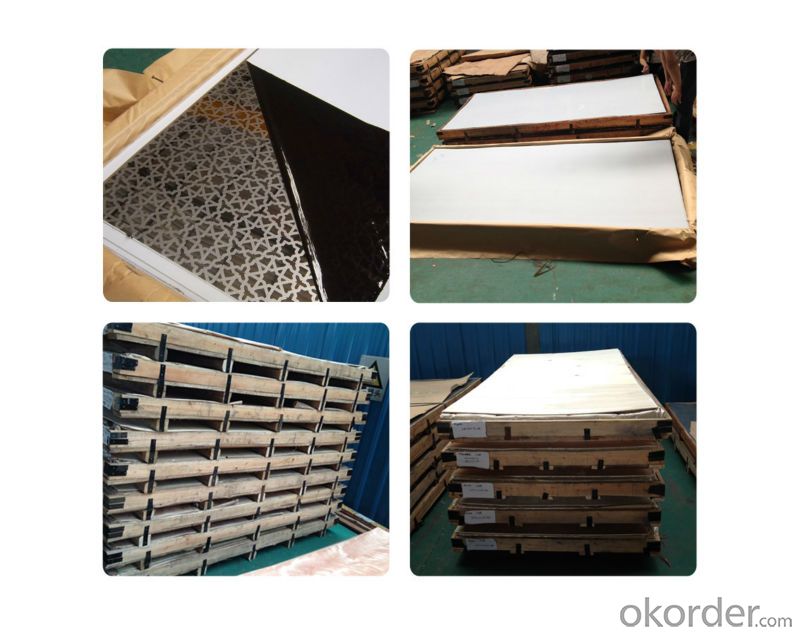
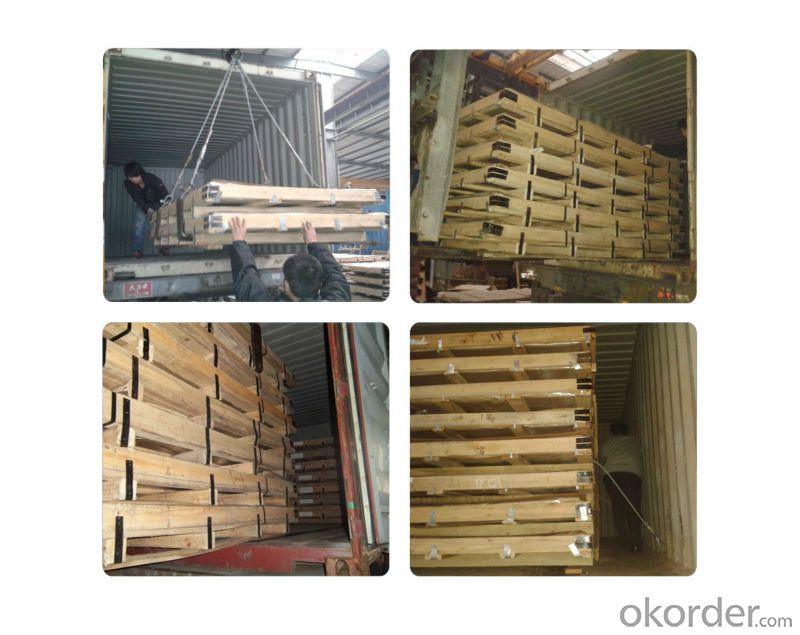
FAQ of Stainless Steel Sheet/Plate 321 with Reduced Weld Corrosion:
1. What are we supplying?
We are specialized in producing stainless steel coil, stainless steel (plate/sheet), and duplex stainless steel for a prelonged period. We are currently supplying grade of steel of 201/202,304/304L, 310S/309S/316L/316Ti/321, 410/420/430/443/444/409L, and 904L.
2. How Many years experience do we have?
We have been exported to more than 20 countries in the past 15 years.
3. How long do we usually reply your request?
We always reply our customer within 24 hours.
If you have any question about stainless steel sheets,donot forget to sending the email to Us! You will get the competitive Price and have a very good experience about the Buying Process! CNBM International Corporation is always your trustful friend!
- Q: What are the limitations of using stainless steel sheets?
- Some limitations of using stainless steel sheets include their high initial cost, susceptibility to scratching, potential for corrosion in certain environments, and difficulty in shaping complex designs. Additionally, stainless steel sheets are relatively heavy, which can be a disadvantage in certain applications where weight is a concern.
- Q: What are the different types of stainless steel sheet perforations available?
- There exists a variety of stainless steel sheet perforations, each possessing its own distinctive characteristics and applications. Among the most prevalent types are: 1. Round hole perforations: These perforations, characterized by evenly spaced round holes, are the simplest and most commonly employed. They ensure sufficient airflow and visibility. 2. Square hole perforations: Similar to their round counterparts, square hole perforations offer a distinct aesthetic and may be utilized for ventilation or decorative purposes. 3. Slotted perforations: Elongated in shape, slotted holes provide a larger open area compared to round or square holes. Consequently, they are often employed for drainage or filtering applications. 4. Hexagonal hole perforations: Hexagonal holes, featuring an exclusive pattern, are frequently used for architectural or decorative applications. They are also effective in facilitating airflow and visibility. 5. Decorative perforations: These perforations exhibit diverse shapes and designs, such as floral, geometric, or abstract patterns. Primarily employed for decorative purposes, they are commonly found in building facades or interior design. 6. Micro-perforations: These minute holes, typically less than 1mm in diameter, are utilized in applications necessitating high precision and fine filtration, like speaker grills or air diffusers. When selecting the appropriate perforation type, it is crucial to consider the specific requirements of your application. Factors such as open area, strength, visibility, and aesthetics must all be carefully evaluated to guarantee the most suitable choice for your specific needs.
- Q: Can stainless steel sheets be used for escalator cladding?
- Yes, stainless steel sheets can be used for escalator cladding. Stainless steel is a popular choice for cladding materials due to its durability, corrosion resistance, and aesthetic appeal. It can withstand heavy usage and is resistant to wear and tear, making it suitable for escalators. Stainless steel sheets can be fabricated into various shapes and sizes, allowing for customization and seamless installation on escalator surfaces. Additionally, stainless steel has a sleek and modern appearance, enhancing the overall aesthetics of the escalator.
- Q: Are stainless steel sheets suitable for elevator interiors?
- Yes, stainless steel sheets are highly suitable for elevator interiors. Stainless steel is a durable and versatile material that offers a range of benefits for elevator design and construction. Its strength and corrosion resistance make it ideal for withstanding the heavy use and potential exposure to moisture or chemicals commonly found in elevator environments. Stainless steel sheets can be easily customized and fabricated to fit specific elevator dimensions and designs. They can be polished to a high shine, giving a sleek and modern appearance that complements various interior styles. Additionally, stainless steel is easy to clean and maintain, making it a practical choice for high-traffic areas like elevators. Furthermore, stainless steel is a sustainable material, as it is fully recyclable and has a long lifespan, reducing the need for frequent replacements. It also offers excellent fire resistance, which is crucial for maintaining the safety of elevator occupants. Overall, stainless steel sheets provide a durable, aesthetically pleasing, and low-maintenance option for elevator interiors, making them highly suitable for use in elevators.
- Q: What is the thickness range for stainless steel sheets?
- The thickness range for stainless steel sheets can vary, but it typically falls between 0.4mm to 6mm.
- Q: Are stainless steel sheets resistant to staining from food?
- Stainless steel sheets possess a remarkable resistance to staining caused by food. Renowned for its exceptional corrosion resistance and non-reactivity with various substances, including food, stainless steel stands as a favored choice for kitchen appliances and cookware. Its capacity to endure prolonged exposure to food without staining or undergoing chemical reactions makes it highly sought-after. Moreover, stainless steel sheets are effortless to clean, making them the perfect fit for food preparation areas where cleanliness is of utmost importance. Furthermore, the sleek and impermeable surface of stainless steel sheets prevents the absorption of food particles and liquids, thus minimizing the risk of staining. In summary, stainless steel sheets offer a long-lasting and stain-resistant alternative for applications related to food.
- Q: What are the common sizes and thicknesses of stainless steel sheets?
- The common sizes and thicknesses of stainless steel sheets vary depending on their intended use. However, some common sizes range from 4 feet by 8 feet to 5 feet by 10 feet, while thicknesses can range from 0.4 mm to 6 mm.
- Q: How do you drill holes in stainless steel sheets?
- To drill holes in stainless steel sheets, you will need to use a high-quality drill bit specifically designed for stainless steel. It is advisable to use a drill press or a stable drilling platform to ensure accuracy and prevent slippage. To reduce heat and friction, lubricate the drill bit with cutting fluid or a suitable lubricant. Begin by marking the desired hole locations on the sheet with a center punch, then start drilling at a slow speed, gradually increasing the speed as you progress. Be cautious not to apply excessive pressure to avoid damaging the sheet or causing the drill bit to break.
- Q: What are the different types of perforations available for stainless steel sheets?
- There are several types of perforations available for stainless steel sheets, including round, square, slotted, and decorative patterns. Each type has its own unique characteristics and is suitable for different applications and aesthetic preferences.
- Q: Are stainless steel sheets resistant to acids?
- Yes, stainless steel sheets are resistant to acids. Stainless steel is known for its corrosion resistance, and this resistance extends to acids as well. The chromium content in stainless steel forms a protective layer, known as a passive film, that prevents the metal from reacting with acids. This passive film acts as a barrier, making stainless steel sheets highly resistant to a wide range of acids, including both organic and inorganic acids. However, it is important to note that the level of resistance can vary depending on the grade and composition of the stainless steel. Some grades, such as 304 and 316, are particularly resistant to acids, making them suitable for various applications in industries such as chemical processing, food processing, and pharmaceuticals. Nonetheless, even with their resistance to acids, stainless steel sheets may still be susceptible to certain aggressive acids or prolonged exposure to highly corrosive environments. Therefore, it is essential to consult with experts and choose the appropriate grade of stainless steel for specific acid-resistant applications.
Send your message to us
Stainless Steel Sheet/Plate 321 with Reduced Weld Corrosion
- Loading Port:
- Shanghai
- Payment Terms:
- TT or LC
- Min Order Qty:
- 1000 m.t.
- Supply Capability:
- 8500000 m.t./month
OKorder Service Pledge
OKorder Financial Service
Similar products
Hot products
Hot Searches
Related keywords
